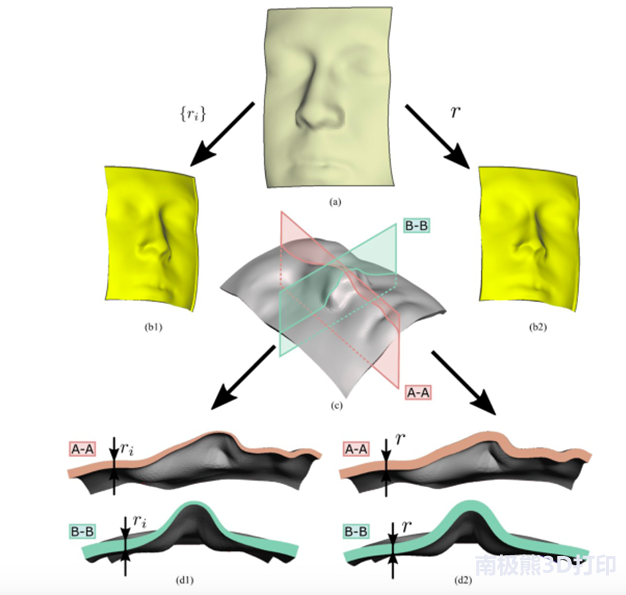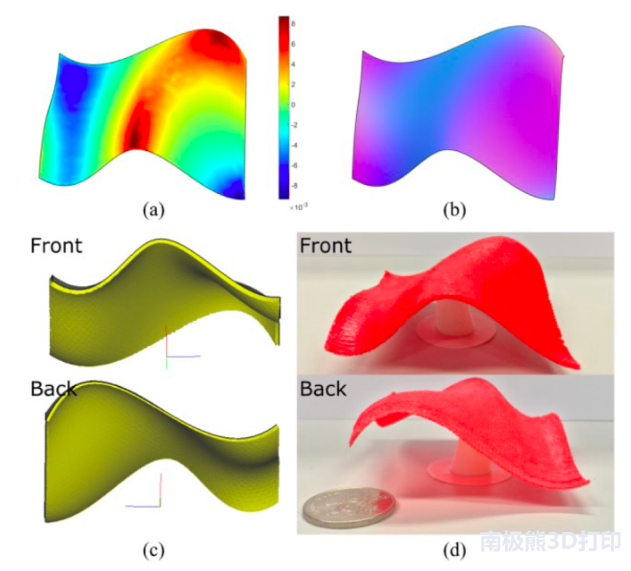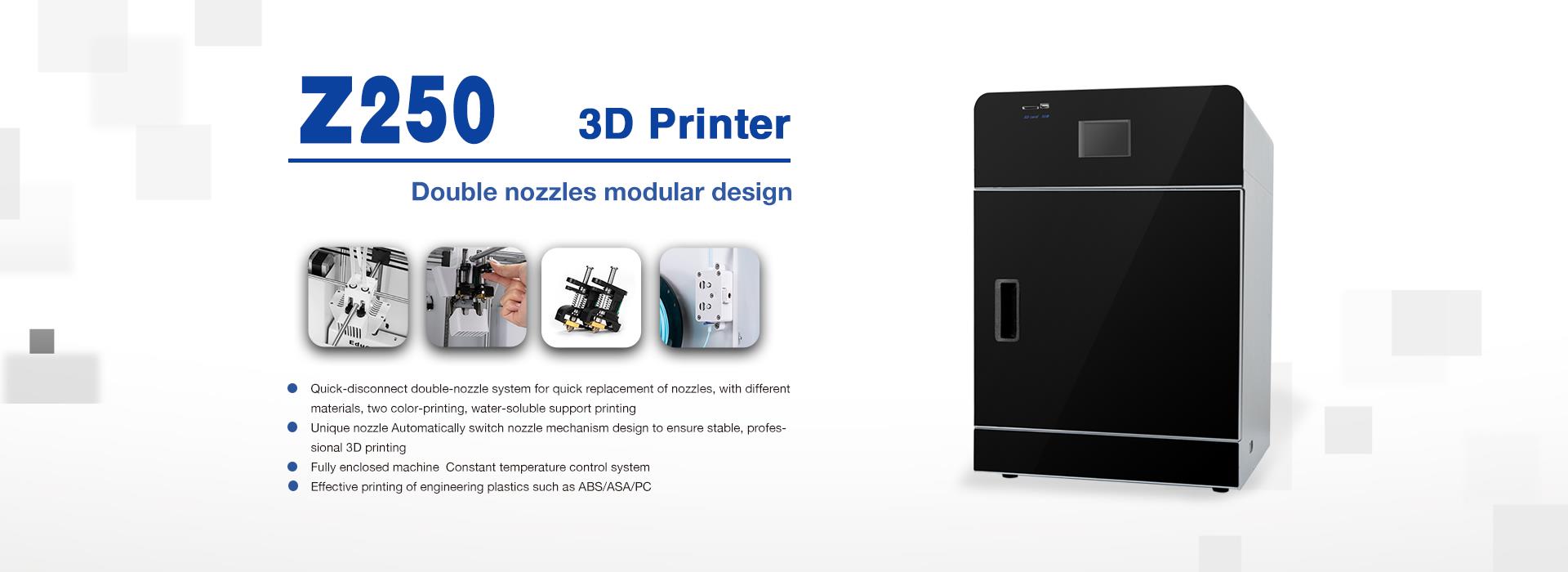The research team of the Department of Mechanical and Aerospace Engineering of the Hong Kong University of Science and Technology has carried out research on thin-walled shell modeling, surface stratification and path planning for curved layered FDM3D printer technology, and proposed a variable thickness surface layering. technology. This technology can minimize or even eliminate its step effect by printing the model as an entity, bringing an innovative new direction to 3D printing layering technology. As shown in Figure 1, the researchers proposed to offset the points on the original curved surface of the thin-walled shell by a specific way (identified distance domain) to construct a new surface. Since the distance domain of each point identification is not constant, the constructed offset conformal surface (double contour method) is variable thickness. Then, the mesh surface is reconstructed according to this, and the surface is smoothed by Laplace at the same time in the construction process. The reconstruction process of the entire variable thickness surface can be seen as the process of generating an offset surface outward from the original surface. Finally, the print path is generated and the entire printing process is planned by the FDM 3D printer. The researchers verified the feasibility and efficiency of the program through a large number of experiments.

Figure 1. Comparison of face between uniform thickness and variable thickness offset surface (a) Conformal surface model of face, (b) Surface model after offset (b1) Variable thickness, (b2) Uniform thickness, (c) cross section taken for observation (d) along section AA, BB observed results (d1) variable thickness, (d2) uniform thickness
Figure 2 shows the effect of the scheme by taking the model of the thin-walled shell as an example: the final printed body is observed from the front and rear angles respectively, and it can be seen that the variable thickness curved print component has a significantly higher surface finish than the conventional method. A smoother curvature that demonstrates the efficiency and usability of a variable thickness surface printing solution.

Figure 2. Examples of thin-walled shell experiments (a) surface curvature map, (b) surface normal RGB-encoded design surface, (c) variable-thickness surface modeling, (d) final printed thin wall Shell entity
Researcher's Task This solution is applicable to the printing of any thin-walled shell model, and further research on the application of complex thin-walled shells, such as hollow vanes in aeroengines, will be carried out in the future.

